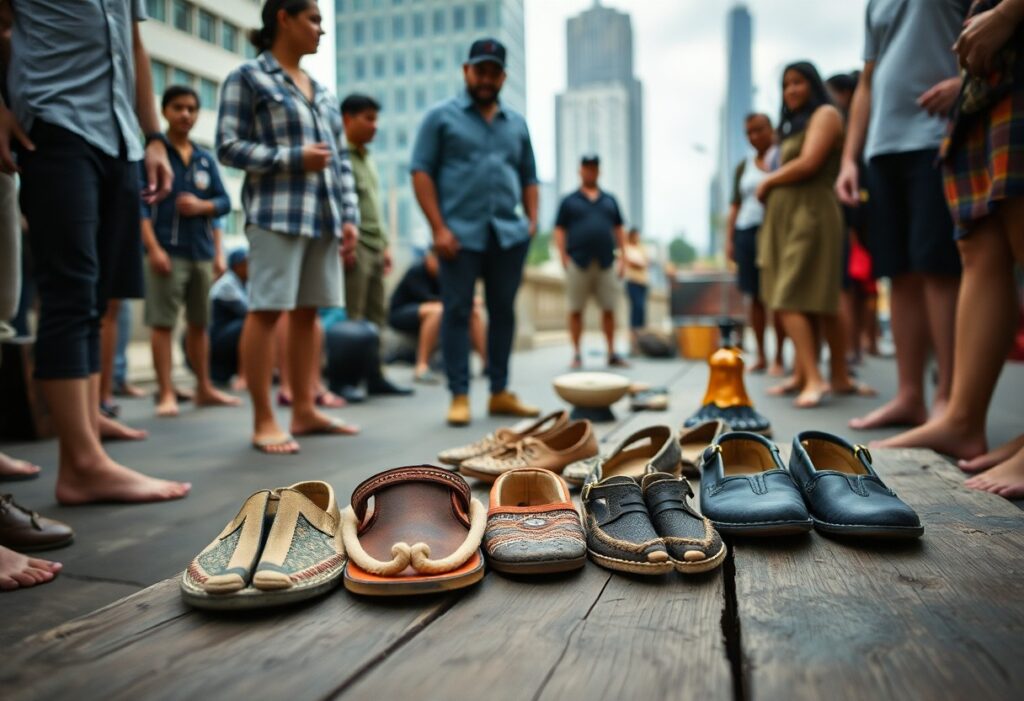
Diving deep into the realm of barefoot footwear through the perspective of cultural anthropology reveals captivating narratives that link the rich traditions of Aboriginal cultures with the contemporary urban landscape. This fascinating evolution showcases how cultural beliefs and practices surrounding minimalist footwear influence our perceptions of comfort, our connection to the earth, and avenues for personal expression. Exploring these themes not only broadens your understanding but also encourages a reassessment of how the footwear choices you make can reflect deeper cultural significance and personal identity.
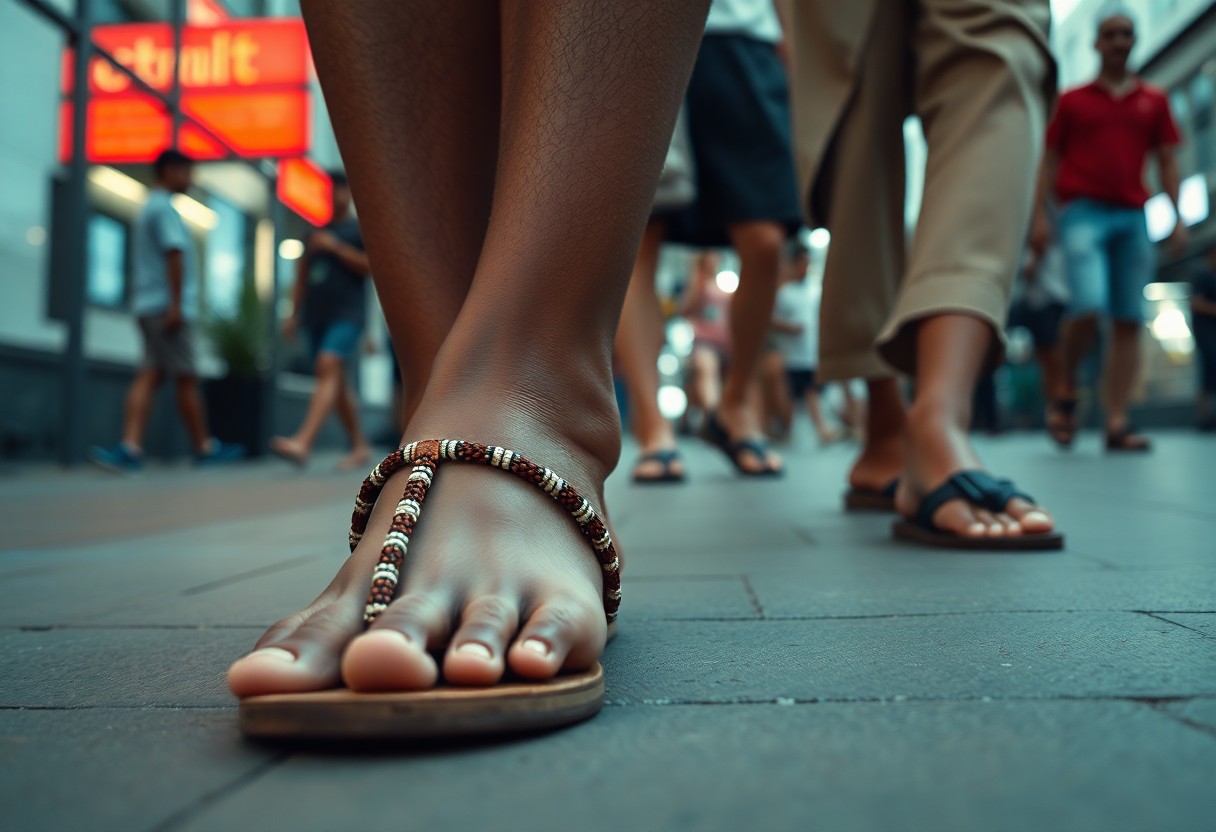
Bridging Ancient Footwear Practices with Contemporary Innovations
The current footwear market represents a dynamic tapestry that intricately weaves together ancient traditions with modern innovations, fostering a growing appreciation for barefoot footwear. This journey not only pays tribute to <a href="https://limitsofstrategy.com/herbal-tincture-formulations-the-complete-guide-to-advanced-techniques/">traditional indigenous techniques</a> but also adapts them to seamlessly fit into your contemporary lifestyle. By recognising the significance of historical practices, you can unearth an exciting fusion of cultural respect and practical aesthetics in your everyday footwear choices, enriching your personal style while honouring the past.
Evaluating Indigenous Foot Conditioning Techniques Against Modern Practices
Indigenous cultures around the world have employed specific conditioning techniques to enhance their feet's strength for navigating various terrains. Techniques such as walking barefoot over diverse surfaces have strengthened the arches and muscles of the feet in ways that many modern interpretations often fail to replicate. Today, while minimalist footwear is designed to mimic these effects, they rarely provide the authentic experience of genuine contact with the earth, which is crucial for developing natural foot strength and flexibility. This understanding emphasizes the value of traditional practices and invites a deeper appreciation for how they can inform contemporary footwear design.
The Evolution of Military Footwear: From Ancient Caligae to Modern Tactical Boots
The history of military footwear is a fascinating narrative of adaptation and innovation, evolving from the durable Roman caligae, which were designed for strength and traction, to today's tactical boots that blend protection, agility, and comfort. An examination of these transformations reveals a consistent principle: in hostile environments, functionality is paramount, necessitating gear that enhances endurance and mobility for soldiers. Understanding this evolution sheds light on the critical role that footwear plays in operational effectiveness.
The Roman caligae represented a sophisticated approach to military requirements, crafted from resilient leather with an open-toe design for ventilation. This ancient footwear boasted thick soles that effectively absorbed shock and provided vital traction, which was crucial in combat scenarios. Fast forward to the present day, and tactical boots are now constructed with advanced materials such as Kevlar and waterproof membranes to enhance durability and performance. These modern designs incorporate padded collars and state-of-the-art cushioning systems to reduce the risk of injuries during rigorous military activities. By appreciating the heritage of military footwear, you can clearly see how these historical styles have paved the way for contemporary innovations, marrying heritage, practicality, and cutting-edge technology to meet the demands of today’s warriors.
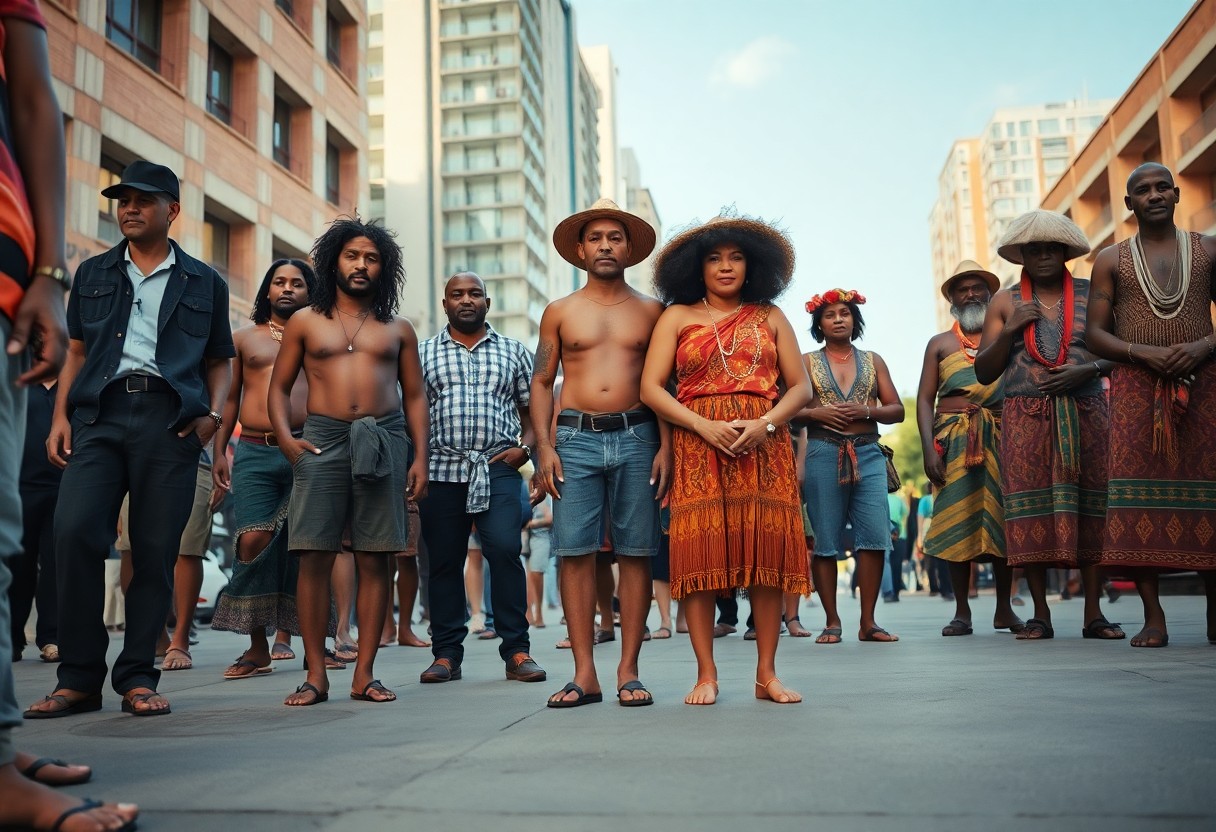
Examining the Urban-Rural Footwear Disparity
The distinctions in footwear selections between urban and rural environments uncover profound cultural and practical differences. Urban settings frequently prioritise style and brand identity, while rural areas tend to focus on practicality and durability. As barefoot footwear gains traction, urban residents are increasingly adopting its minimalist design, viewing it as both a fashion statement and a pathway to perceived health benefits. In contrast, individuals in rural regions may remain sceptical, influenced by traditional norms and the practical demands of their environments, which can shape their footwear choices significantly.
Identifying Emerging Trends in Urban Adoption of Barefoot Footwear
Within metropolitan areas, a discernible shift towards embracing barefoot footwear is taking shape, with adoption rates steadily increasing over the last decade. This trend is propelled by several factors, including a rise in health consciousness, an expanding interest in natural movement, and the influence of fitness trends such as yoga and running. Surveys indicate that approximately 35% of urban residents have actively sought out barefoot-style shoes, highlighting a cultural shift towards embracing innovative body mechanics that prioritise health and well-being.
Investigating Gender-Based Adoption Barriers: Who is Leading the Charge?
Gender dynamics play a significant role in the acceptance of barefoot footwear, with varying motivations affecting men's and women's choices. Women often face greater societal pressures concerning fashion and aesthetics, which may inhibit their willingness to embrace minimalist styles. Conversely, men may be more motivated by the performance and health benefits of these shoes, leading to higher adoption rates among male demographics. This disparity prompts an essential evaluation of how gender influences footwear choices in contemporary society.
Further exploration into the gendered dynamics of barefoot footwear adoption reveals that societal expectations substantially shape women's decisions. Women frequently navigate a landscape where ideals of beauty and fashion overshadow practical health advantages. For instance, research suggests that approximately 45% of men in urban areas are inclined towards barefoot shoes, compared to only 30% of women. Female consumers often grapple with balancing form and function, making them more cautious as they assess the aesthetics of barefoot footwear against their need for comfort and support. By empowering women through targeted awareness campaigns and showcasing fashionable barefoot options, the willingness to embrace this trend could increase, potentially reshaping urban footwear narratives and fostering inclusivity across genders.
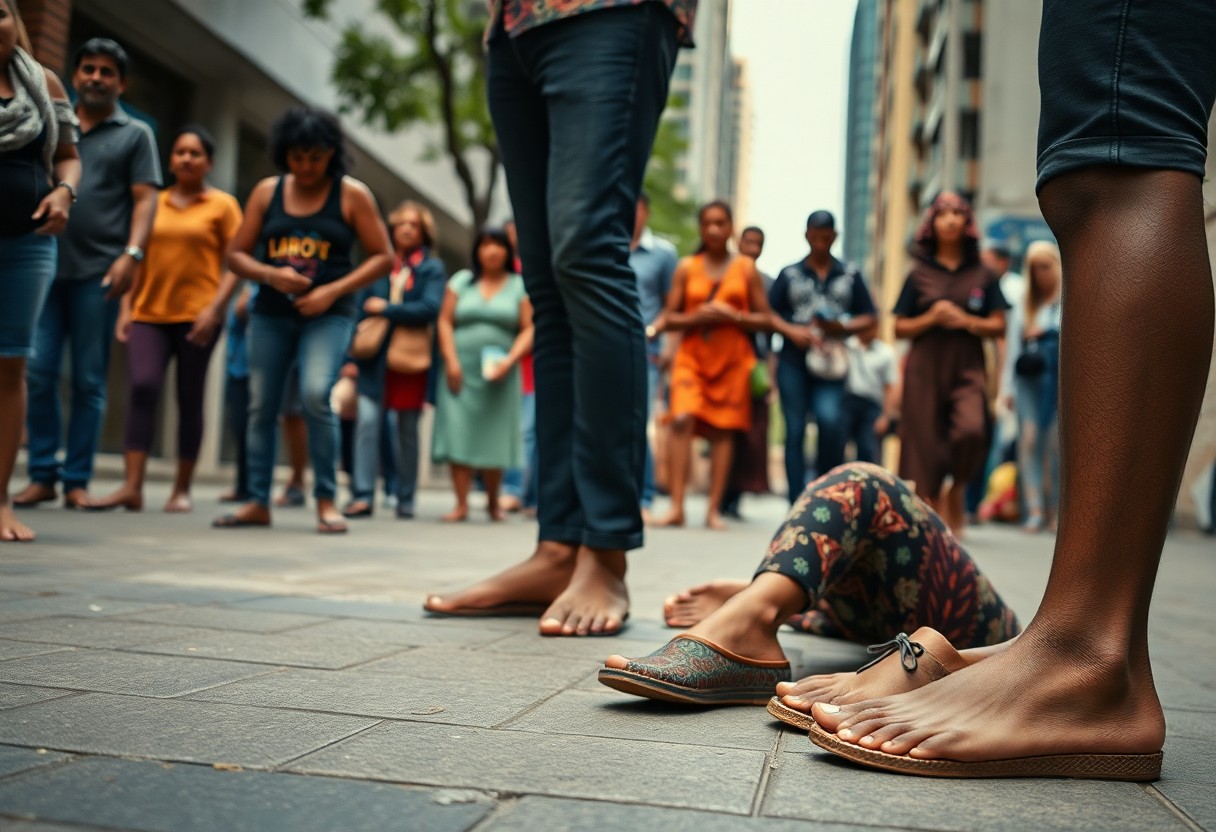
Innovative Developments Revolutionising the Future of Barefoot Footwear
As the demand for barefoot footwear continues to soar, groundbreaking technologies are set to redefine your approach to comfort and performance. Advances in materials science and personalised fitting techniques promise to not only enhance functionality but also tailor your walking experience, merging traditional wisdom with modern design principles. We are entering an era where your footwear becomes as unique as the journey it accompanies, leading to unprecedented comfort and performance.
Customisation through 3D Scanning: Crafting the Perfect Fit for Every Individual
The introduction of 3D scanning technology is revolutionising the customisation of barefoot footwear, allowing for a precise fit that conforms to your unique foot shape. Rather than settling for generic sizes, your shoes can be expertly designed to match the contours of your feet, significantly enhancing comfort and minimising the risk of injury. Custom-fit options will elevate your walking experience and make barefoot shoes more accessible to individuals with diverse foot shapes and sizes, ensuring that everyone can enjoy the benefits of this innovative approach.
Integrating Smart Sensors into Footwear Technology: The Next Frontier
The incorporation of smart sensors into barefoot footwear is poised to transform the industry by embedding technology directly into the soles. These innovative features can monitor various metrics, from distance travelled to foot pressure, providing you with invaluable insights to optimise your walking or running habits. With real-time data at your fingertips, you can adjust your activities to enhance performance and ensure safety, creating a more informed approach to health and fitness.
Imagine having access to real-time analytics as you walk or run. Smart sensors can track your gait, alerting you to any abnormalities that might lead to injury. Some forward-thinking brands are already developing footwear capable of analysing your foot's impact on different terrains, offering personalised recommendations for style or cushioning modifications on the go. This cutting-edge integration merges smart technology with the traditional barefoot philosophy, ensuring that you maintain a natural stride while leveraging the latest advancements in wearable tech. The potential for enhancing sports performance, rehabilitation, and everyday comfort is limitless, fundamentally redefining how you engage with your environment with every step.
Reflecting on the Journey of Barefoot Footwear Through Cultural Lenses
Your exploration of the cultural anthropology surrounding barefoot footwear reveals a rich narrative interwoven from the threads of Aboriginal traditions to modern urban practices. By embracing the principles of natural movement and a connection to the earth, you can gain insights into how this footwear philosophy transcends mere fashion, significantly influencing lifestyle choices and community values. As you contemplate these diverse perspectives, consider how your footwear selections can embody and promote a deeper understanding of cultural heritage and adaptability in today’s world.
The Article Cultural Anthropology of Barefoot Footwear: From Aboriginal Traditions to Modern Urban Adoption appeared first on My Shoes Finder
The Article Cultural Anthropology of Barefoot Footwear: Traditions to Today Was Found On https://limitsofstrategy.com


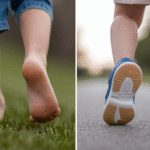





It’s fascinating to see how the conversation around barefoot footwear transcends mere function and enters the realm of cultural significance. Your exploration of how Aboriginal traditions influence contemporary expressions of minimalist footwear truly resonates. For many, shoes are often seen solely through a practical lens—comfort, durability, style—but this post prompts a deeper reflection on how these choices encapsulate and honor our cultural narratives.